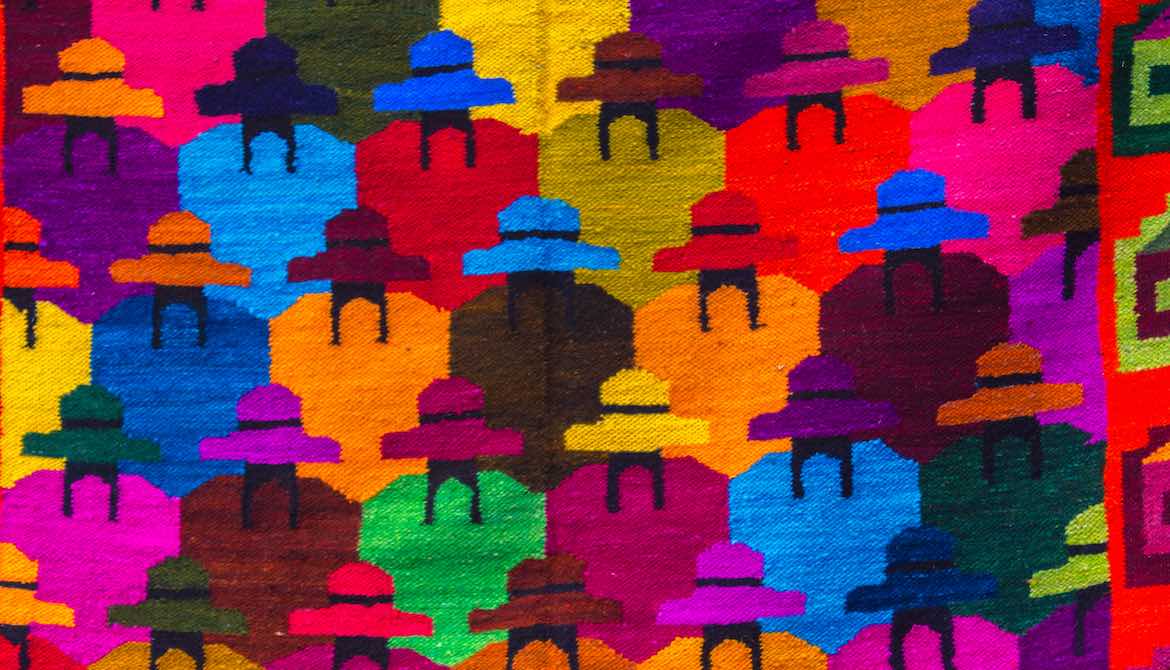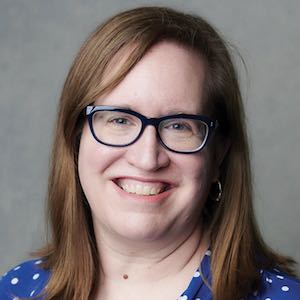2 minutes
This November, curl up with a cozy blanket, a hot drink and one of these good books.
Welcome to November and the last installment of my book blogs. If you’ve been following along, you know I read a lot (probably too much) and that I love to read diversely. If you would like to read along with me, check out a few of my recommendations for Indigenous Peoples Heritage Month.
Braiding Sweetgrass: Indigenous Wisdom, Scientific Knowledge and the Teachings of Plants
When my book club read this book, I checked it out from the library. But 10 pages in, I knew I needed to buy it because I found myself wanting to underline, star and highlight passages. By the time I finished this beautiful book by botanist Robin Wall Kimmerer, I had marked up almost every page. She is an enrolled member of the Citizen Potawatomi Nation and a gifted writer. I find myself very often thinking of this book and the many lessons contained within it.
Two Old Women: An Alaska Legend of Betrayal, Courage and Survival
This short book by Velma Wallis and based on an Athabascan legend, is both beautiful and compulsively readable. You’ll probably read it in one sitting. Two old women are abandoned by their tribe during a brutal winter famine. Using their knowledge and experience of the landscape they not only survive but also save more than themselves. This is another book to buy and re-read each year.
The Removed
Author Brandon Hobson is an enrolled citizen of the Cherokee Nation of Oklahoma. This story, which draws on Cherokee folklore, tells the story of the Echota family’s lingering grief 15 years after teenage Ray-Ray was killed in a police shooting. It’s a sad (bring the tissues) but moving tale.
More Resources
Additionally, The Library of Congress, Smithsonian, National Archives and others jointly host a website to celebrate Native American Heritage Month. You’ll find several online and in-person events listed; most of them are in Washington, D.C.
For those outside of D.C., the National Park Service also has a robust list of resources and programming available to celebrate Indigenous people's contributions.
Find my previous book and resource lists:
- Celebrate Black History Month with These Recommendations from CUES Staff
- What We’re Reading for Women’s History Month
- Books to Read During AAPI Month
- Dive Into Pride Learning
Theresa Witham is VP/publications and publisher at CUES.






